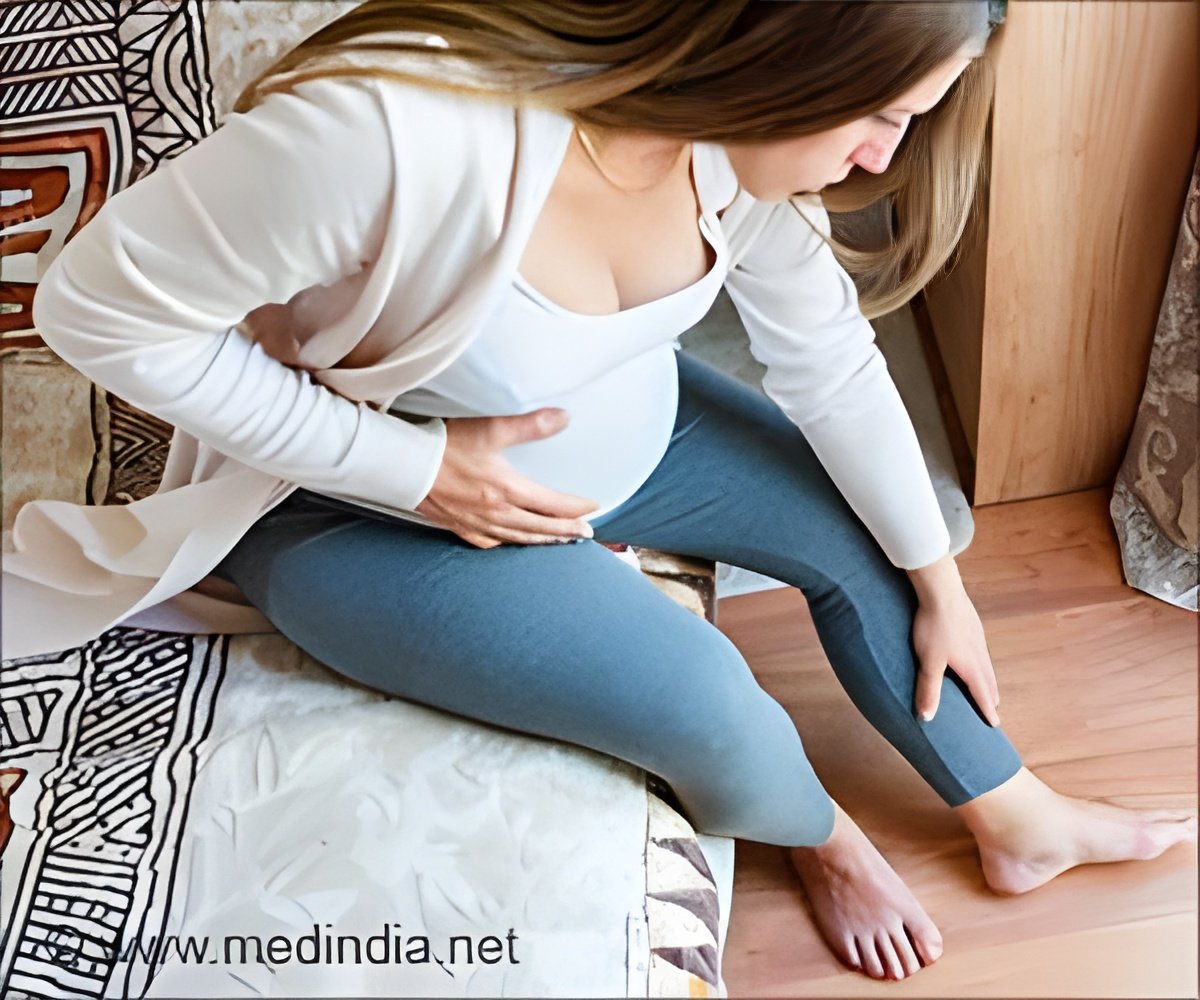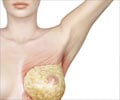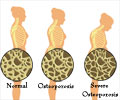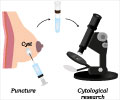Study reveals why breast cancer spreads to bones, uncovering key biological factors that may lead to improved treatments and prevention strategies.

Invasion/chemotaxis- and extravasation-chip models for breast cancer bone metastasis
Go to source)
Breast Cancer: New Insights
Breast cancer is a significant global public health challenge, with 2.3 million new cases and 700 000 deaths every year. Approximately 80% of patients with primary breast cancer can be cured, if they are diagnosed and treated promptly. However, in many cases, the cancer has already spread to other parts of the body, or metastasized, at the time of diagnosis.‘Breast cancer's most common metastasis is to the bone (53%). This can cause severe #pain, #fractures, and #spinalcord compression. #bonemetastasis #bonehealth #breastcancer ’





Metastatic cancer is incurable and accounts for more than 90% of cancer-related deaths. Currently, there are no reliable in vitro models to study how breast cancer spreads to secondary organs such as bone, lung, liver or brain. Now, researchers from the Precision Nanomaterials Group at Tampere University and the Cancer Molecular Biology Lab at Izmir Institute of Technology have used lab-on-a-chip platforms to create a physiologically relevant metastasis model to study the factors controlling breast cancer bone metastasis. “Our research provides a laboratory model that estimates the likelihood and mechanism of bone metastasis occurring within a living organism. This advances the understanding of molecular mechanisms in breast cancer bone metastasis and provides the groundwork for developing preclinical tools for predicting bone metastasis risk,” says Burcu Firatligil-Yildirir, postdoctoral researcher at Tampere University and the first author of the paper.
According to Nonappa, Associate Professor and leader of the Precision Nanomaterials Group at Tampere University, developing sustainable in vitro models that mimic the complexity of the native breast and bone microenvironment is a multidisciplinary challenge.
“Our work shows that physiologically relevant in vitro models can be generated by combining cancer biology, microfluidics and soft materials. The results open new possibilities for developing predictive disease, diagnostic and treatment models,” he says.
The Precision Nanomaterials Group at Tampere University develops various in vitro cancer metastasis disease and diagnostic models.
Advertisement
- Invasion/chemotaxis- and extravasation-chip models for breast cancer bone metastasis - (https://journals.plos.org/plosone/article?id=10.1371/journal.pone.0309285)















